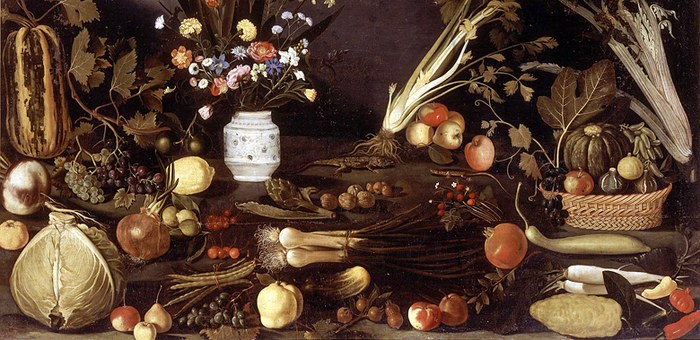Still Life is a "difficult" painting genre since it is broadly homogeneous but contains many regional variants; a high percentage are anonymous paintings or hard to attribute, and such works are prone to rapid movement on the market. This complexity is reflected in the Zeri archive photographic collection. Unlike the section on Italian Painting, about one quarter of the still life photos are sketchily arranged in order, without clear details of the author, painting school or dating. Again, many proposed attributions resting on the photos' position in folders bearing individual artist names have been revised in the light of recent scholarship.
Cataloguing this section called for a change in the rules of compilation and adjustment of the cataloguing file.
To assist research and identification of works by context, where no certain details exist of author or location we have used a file layout providing a detailed iconographic description of the individual objects featured in paintings. In particular, flowers, fruit, vegetables, fish, game, ornaments, glassware, sculptural features, musical instruments, the main subjects of still life painting. These items serve as keys to tracking down works, but can also prompt iconographic research or the study of material culture in the modern era.
The terms relating to objects are taken from a thesaurus which arranges key words by category, thus enabling cross research on multiple levels.
To ensure scientific authenticity, the Federico Zeri Foundation brought experts from Bologna University into the cataloguing project, as well as specialists from various disciplines such as musical iconography, botany, food history and applied arts.
The first results of this work of identifying and analysing categories of object may be consulted on the pages Botanical Recognition and Musical Recognition.
Identification of sculptural features was undertaken by the scholar Daniela Simone as part of her research for the Federico Zeri Award 2013.
